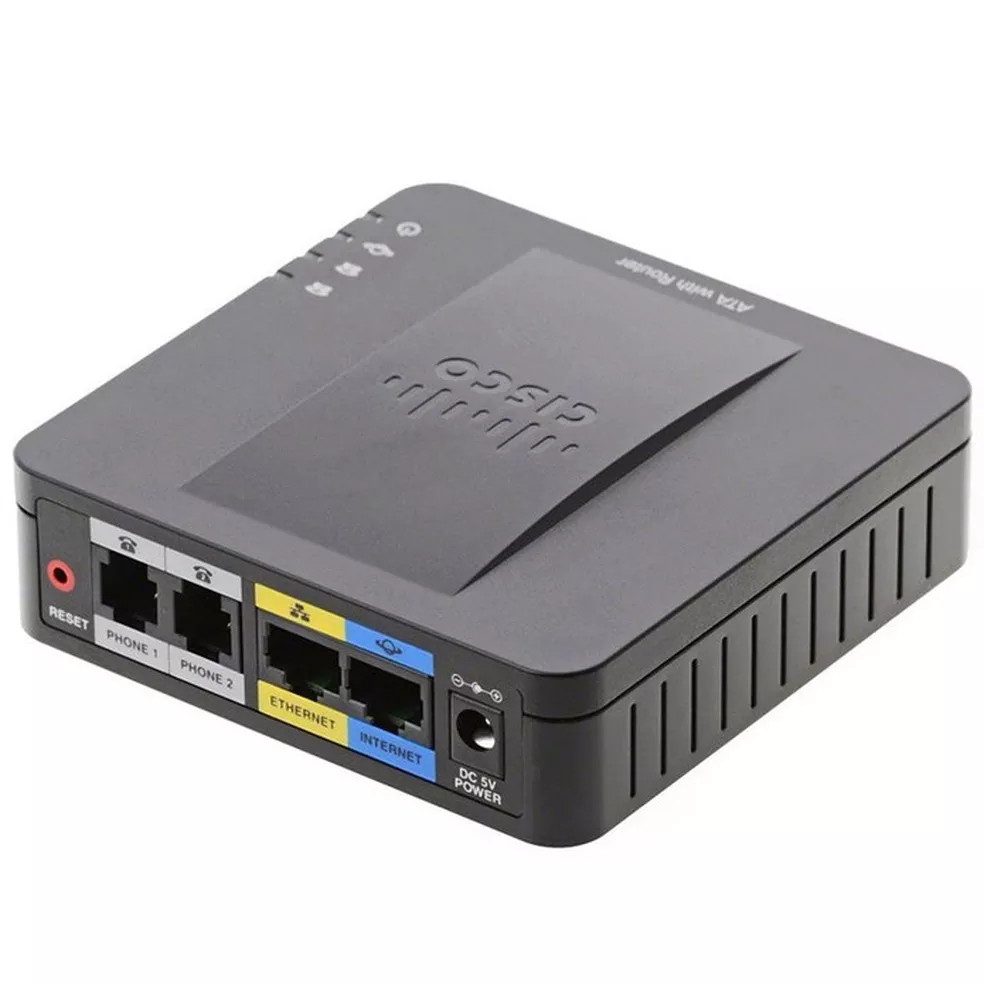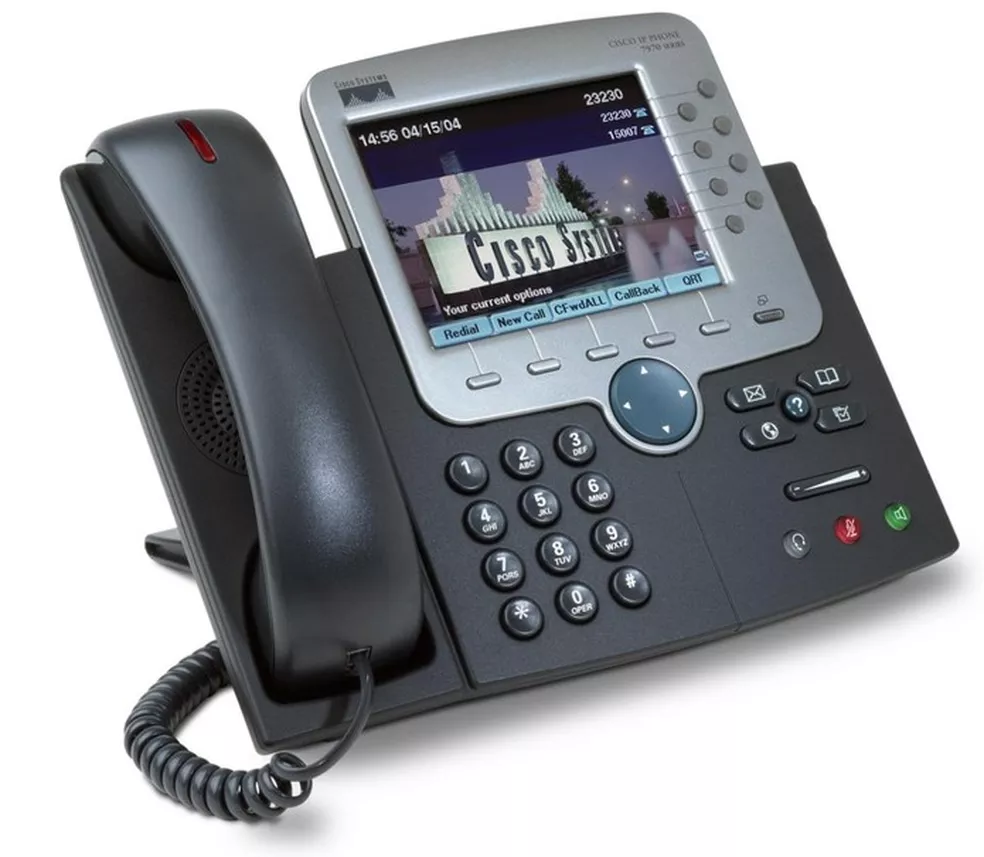VoIP (Voice over Internet Protocol) is a technology that allows you to make calls from a smartphone, computer, tablet, or other Internet-connected devices for a low or free price. Some messengers and social networks offer VoIP with free mobile voice calls, such as WhatsApp, Skype, and Facebook Messenger, for example.
Besides them, there are more and more applications that enable the user to make online phone calls, but few people know about VoIP, which is the solution behind this benefit. With this in mind, Techidence explains what VoIP is, how the resource works, and what its advantages and disadvantages are. Follow along in the next lines.
What is VoIP
VoIP, or Voice over Internet Protocol, is a technology that allows voice transmission over IP (Internet Protocol). The solution transforms analog audio signals, as in a call, into digital data that can be transferred over the Internet. The method is increasingly present with software that has the technology, such as Google Meet, Zoom, Microsoft Teams, Skype, Facebook Messenger, Viber, and WhatsApp.
Despite having gained prominence in the market recently, the technology emerged in the early 1990s and was even considered a failure because of the low data transmission speed at the time. However, with the popularization of broadband Internet, the solution began to gain more space, and quality of service was invested for the method to become viable.
How VoIP works

In order to make this method possible, VoIP captures voice, which until now is transmitted in analog form, to transform it into data packets that can be sent over any TCP/IP protocol.
So the first step is to install some software that allows the action. In practice, transmission can be done in two ways: from one computer to another, or from a computer to a regular phone.
When the transmission is made between computers or other Internet-enabled devices, such as smartphones, everything that is spoken into the headset or microphone is transformed into binary information and transmitted over the Internet.
This is certainly the easiest and most economical way to use the technology, as you do not even pay for international long-distance calls. All you need is an app that performs the function, a microphone, speakers, a sound card, and an Internet connection, preferably cable or DSL modem.
If you use your PC to make a call to a conventional telephone, the voice is also transformed into information, which passes through the Internet and is changed into analog signals, which will be received in the calls at the central offices. You can also use your telephone to make calls with VoIP technology.
In this case, you need an ATA (analog telephone adapter) calling device, an analog-to-digital converter that allows you to connect a regular phone to your PC or your Internet connection to use VoIP.
The device takes the analog signal from your telephone set and converts it to digital data for transmission over the Internet. Some providers distribute ATA for free; others require you to contract for the service.
IP Phones

It is very common to confuse VoIP and IP Telephony, but it is worth remembering that they are different. While VoIP uses conventional equipment to make the transmission of data via the Internet, IP phones are specific devices that connect directly to the computer network receiving voice, data, and images.
They look like regular telephones but use RJ-45 connectors, the same ones used in computer network cards, instead of the RJ-11 telephone standard.
Advantages and disadvantages

Technology has several advantages. Besides making phone calls cheaper, VoIP also allows several calls to occupy the same space that is only filled by one in traditional telephony.
In the conventional network, 10 minutes of calls consumed 10 minutes of transmission at a rate of 128 Kbp/s. With VoIP, the same call can take up only 3.5 minutes of transmission time at 64 Kbp/s, leaving the rest free for other calls.
However, despite the benefits, there are also some disadvantages to the method, such as the dependence on the Internet, which causes several drawbacks. For example, the quality of the call depends on a good connection and this can get in the way.
Another downside is not being able to rely on technology in emergencies when we cannot get online. Still, VoIP has become increasingly popular and shows that it is worth it.
The agency responsible for the regulation of telecommunication in many countries has clarified that a VoIP provider does not need a license to operate.
This post may contain affiliate links, which means that I may receive a commission if you make a purchase using these links. As an Amazon Associate, I earn from qualifying purchases.

